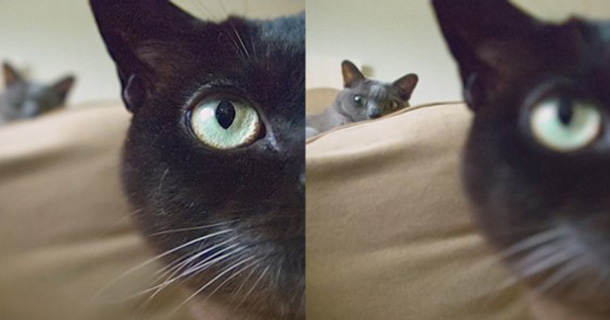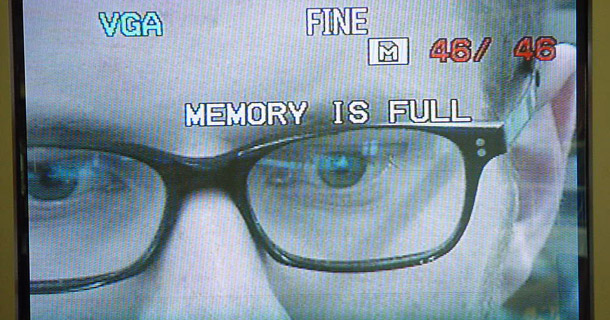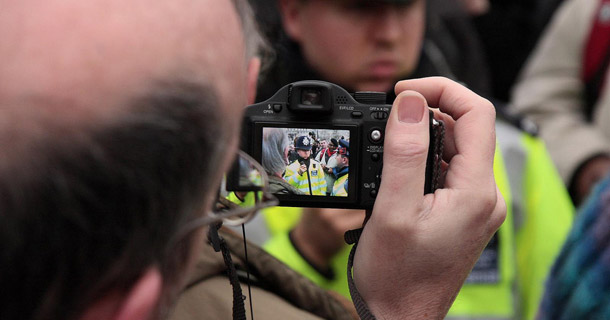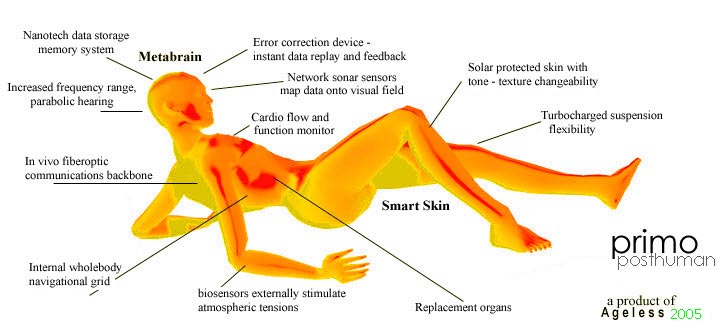Galaxy 15, a communications satellite operated by Intelsat, has drifted off course while still transmitting, threatening to cause interference to communications networks and satellite TV reception for customers across North America as it drifts past competitor’s satellites. Here’s more, from the Register:
Engineers have sent more than 150,000 commands to the roving craft in an attempt to regain control of it. May 31 to June 1 will be the riskiest time for AMC-11 customers as its parent, SES World Skies, tries to position it as far as possible from the wayward Galaxy 15 while still allowing it to operate as normally as possible.
It’s a good reminder that when we design complex systems, we cannot always predict every eventuality, and should plan fail-safes and contingency mechanisms for when things go wrong. Read the original report from Space.com.
Image credit: pkmital on Flickr















 @
@













 Like all images on the site, the topic icons are based on images used under Creative Commons or in the public domain. Originals can be found from the following links. Thanks to
Like all images on the site, the topic icons are based on images used under Creative Commons or in the public domain. Originals can be found from the following links. Thanks to